Movers and shakers, elected officials, business owner's and just plain good Riverside residents who love their community.
At least 198 individuals have been elected to serve the city.
This page is to honor those who have done exceptional work above and beyond including those that simply made a difference.
All elected officials as of October, 2018
It does not include the city marshal who was voted by the public and where that position was removed in the late 80's.
Past marshals were: John Scott, Vern Davis, Dick Grogan and Marvin Layton. (not necessarily in order and I may not have everyone for lack of information)

RIVERSIDE MAYORS

Ferd Filger 1951-1972, 21 years

David Brenner 1980-1982
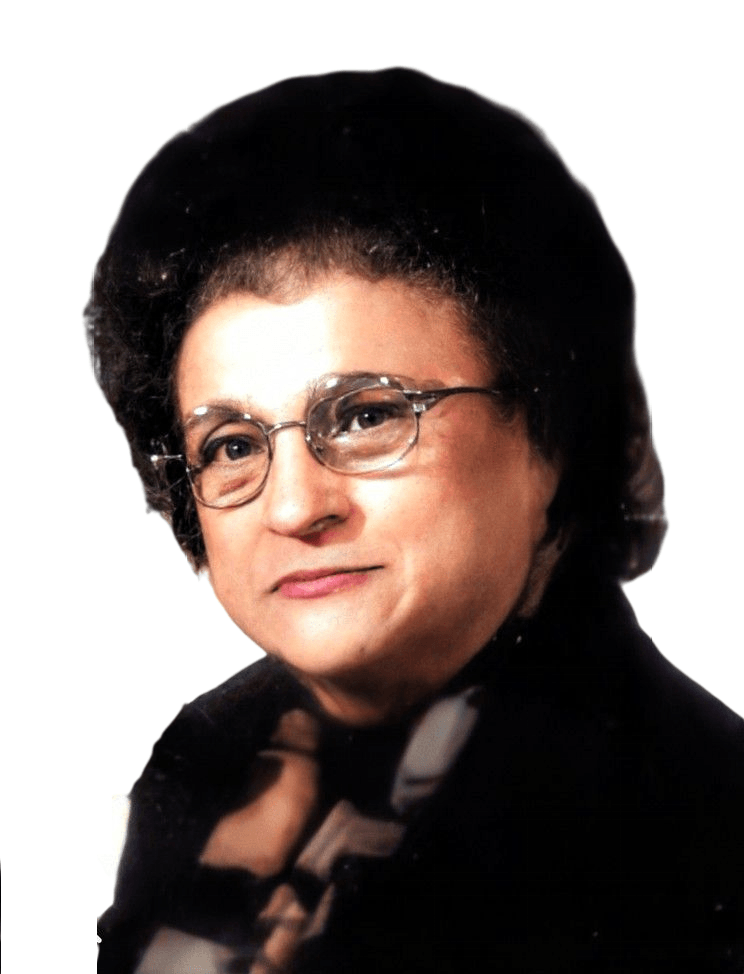
Betty Burch 1988-1996
2000-2006, 14 years

Daniel Czamanske 1972-1976
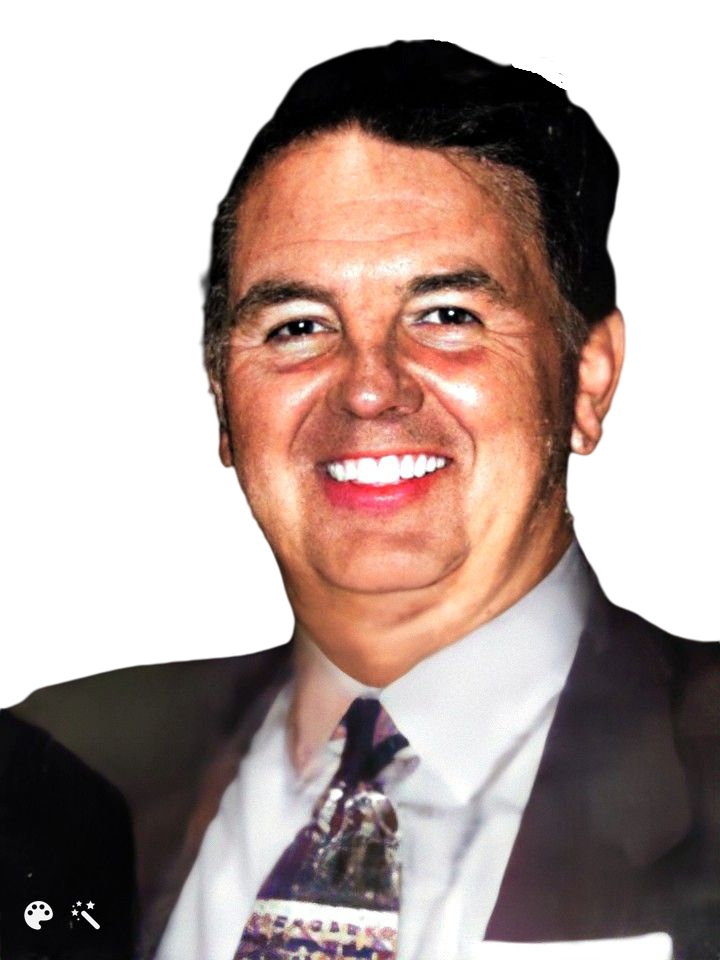
Ed Rule 1996-2000

Edward Young 1976-1980

Mike Holmes 1982-1988

Kathleen Rose 2006-present, 17 years so far!
FERD FILGER
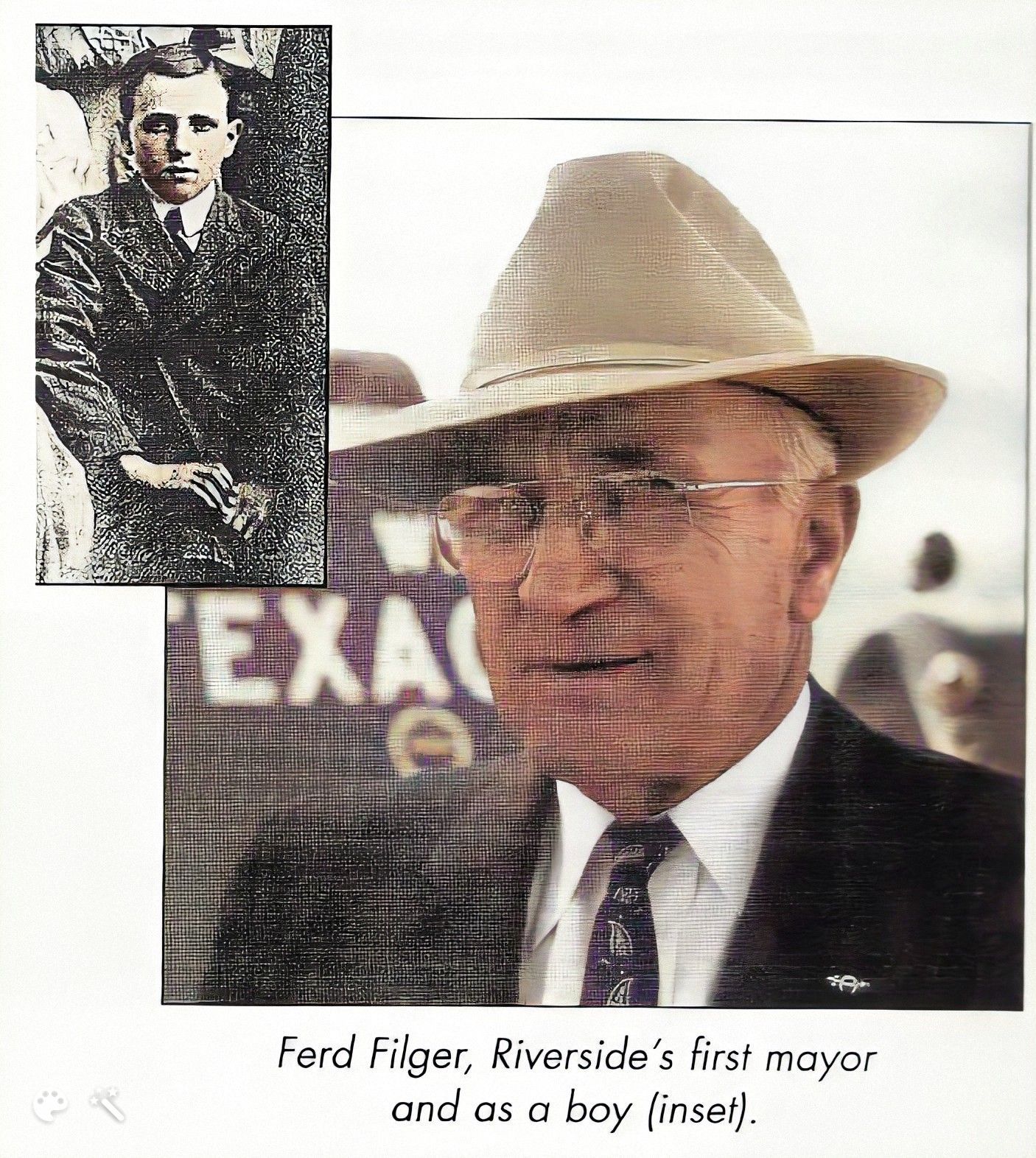

Filger, who eventually served as Riverside's mayor for 20 years, began Filger Oil Company in 1936 at 4533 Gateway. This office was an unofficial Riverside historic site to many residents. The building was originally a small cafe. A garage was added and it became a Texaco station. Shortly after, he added a warehouse. The building has been closed and unfortunately no remnants of it are visible today.
Filger lived in the Riverside area since his birth in 1896. He was born on the Filger farm, off Englewood Road, to Peter and Emma Filger. Like most boys, he helped out on the farm when he was not at school. He attended Englewood School at Englewood Road and North Oak when it was just a frame schoolhouse. Filger recalled that Englewood Road used to continue down and across Line Creek from the point where Englewood and AA Highway meet today. Another crossing was in Riverside down the hill behind St. Matthews Church. Filger was married in 1918, and his wife passed away in 1936.
He came to Riverside, started his oil business, and married again in 1938. Filger had three sons and two daughters, eleven grandchildren and seven great-grandchildren. He died Feb. 19, 1985. When asked about his years as mayor and if there was anything that remained vivid in his mind or any special occasion, he said, "Just keeping the city going those first years was enough of a challenge."
Mr. Filger began Filger Oil Company in 1936 at 4533 Gateway. This office was an unofficial Riverside historic site to many residents. The building was originally a small cafe. A garage was added and it became a Texaco station. Shortly after, he added a warehouse. All this mostly destroyed by a fire and now replaced by the modern Corner Cafe. Co owner Kathi Rule is the grand daughter of Ferd.
Edward H. Young
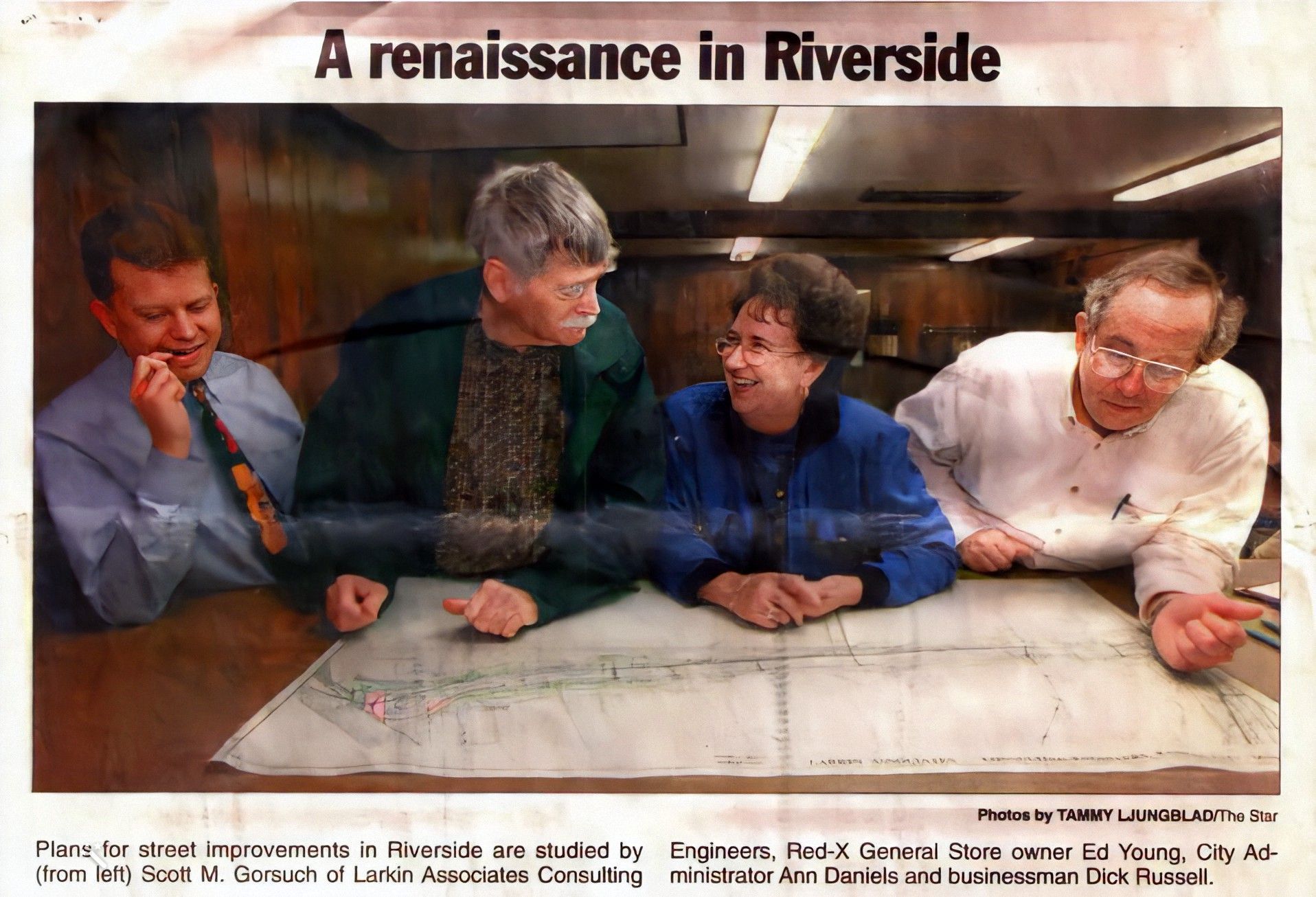
Mr. Young's last known public photo in early 1999 at the old city hall. He wouldn't live to see the new city hall finished.
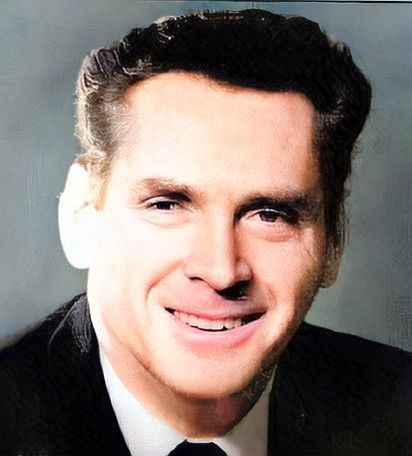
Young was born on June 6, 1912 in Kansas City. He moved to Riverside in the late 1940s. After operating several businesses, including a gasoline station, he opened the Red-X general store in the early 1950s. He experienced many trials, such as two devastating floods and a major fire. After the 1993 flood, he set a new course with a lot of hard work and his patented humor.
Young is widely known for his unique Red-X store. E. H. Young played one of the most significant roles in Riverside's history. Both visibly and behind the scenes, he was a community leader in the true sense of the word. Young operated one of Riverside's first "filling stations," he founded Red-X (which in many ways predicted the rise of discount stores such as K-mart and Wal-Mart) and most importantly, Young was a true community leader. Ed served as Riverside mayor and he donated thousands of dollars in funds and property. When Young died, he left a legacy of accomplishment that was shared throughout the community.
E.H. Young was reading his morning paper when an article caught his eye. To his surprise, Parkville was about to annex all properties to the south and east of their city limits— Riverside! Young quickly called a meeting at a local Riverside restaurant with Vic Panus, an attorney and developer of Riverside's Indian Hill’s subdivision, and Ferd Filger, another Riverside business owner. The group discussed the annexation and decided to visit Parkville. After a meeting with the Parkville mayor, Parkville agreed not to annex the additional lands. They did, however, encourage the Riverside group to seek additional protection to keep the area from being annexed by Kansas City. At the time, Kansas City was in a period of aggressively seeking expansion north of the River. Riverside residents held a meeting at the Brenner Ridge School to discuss possible city boundaries. By the end of the evening, several neighborhoods elected to remain independent from Riverside — creating the communities of Northmoor, Houston Lake and Northern Heights.
Young, Panus and Filger scheduled a meeting with Platte County Presiding Judge, A.J. Hillix to determine what procedures were to be followed in appointing a mayor and board before an election could be called the following April. On June 21, 1951, the Platte County Court was presented a Petition for Incorporation. (Presiding Judge/Commissioner was A. J. Hillix, George Offutt was Eastern Judge and O. W. Thompson was Western Judge. Holman Ham was the County Clerk). On June 26, the court issued an order declaring the City of Riverside a Body Corporate, Fourth Class City and appointed First Officers of the newly formed city. Ferd F. Filger was appointed mayor of Riverside by the Platte County Court. He and other city officials served until the first regular city election in April 1952. Aldermen included E.H. Young, Roy Renner, Dr. Thomas Eagle and Will Scrivner. John Scott served as marshal, Lowell Brenner as collector and Mrs. Curtis (Helen) Brenner, city clerk. Boundaries for this new city were generally north from the Missouri River, east to Highway 169 and north to Northmoor. A census by Dr. Eagle showed 750 persons living in the area. The petition for incorporation was signed by 400. Businesses in the area included the Riverside Stadium and a motor car racetrack in the vicinity of the former Riverside Jockey Club. Riverside's first city election was held in 1952. Mr. Filger was then elected Mayor. The elected aldermen were E.H. Young, Mrs. Francis Clark, William Scrivner, O.V. Beach, Roy Renner and Lowell Brenner.
He also served as an Alderman from 1951 to 1970 and held the office of Mayor from 1976 to 1980. He rented the first Riverside Post Office to the government for $1 per year after renovating the old structure so the city could have a post office, where it remaind the post office until the flood of 93. In the early 50's he began the Riverside Speedway which he later leased out and was closed in the mid 80's. He also created the Zebra stamp program which lasted mostly though 60's into the early 70's where you were given stamps based on your purchase that you could trade for goods in a special place at the back of the store.
During the 60's into the early 70's he also created Kiddieland where he made each ride only 1 cent. Mr. Young often was the silent partner in area charities. Additionally he established the first Riverside park fund with a $5,000 (private) donation; donated the 40 acre tract of land where the E.H. Young Riverfront park is located. He had a wish with his donation that the park would have a baseball field for children and a caboose for them to play on. Growing up, he was denied playing ball on a local little league team and that really hurt him and instead spent his time playing on an old caboose dreaming of playing baseball.
In the late 70's, a community group formed called Pride and Progress and although he supported the group publically and financially, he privately referred to the group as, “Pride and Prejudice” and never explaind why. He referrred to the wine department as his collection of retired grapes. He had an office in the center of Red X where he had a large desk, the store save and a coke machine. He had fake cameras and equipment to make the office appear to be secure. He would leave the safe unlocked and a note on his deck for robbers with 25 cents. The note said, “Help yourself to the safe and get yourself a coke and sit in my chair because the cops are on the way.” Apparently it worked since in nearly 70 years, only minor burgler issues have been reported. He had a passion for collecting not only bells, but any odd thing and at one time he had at least two warehouses full of it. Ed and his wife, Finny lived in Indian Hills. He also had a second home across from Red X where he had a workshop built in the garage that had nearly every tool Craftsman sold—and never used it. He was one of the rare individuals who was both loved and respected and at the same time he had a private side only a few knew or understood. He did get to see the early phases of the park that bears his name today and was in bad health, but active with helping designs when he was able and was asked. He told the KC Star one of his largest regrets was letting Kiddieland go. He said it has hard to get insurance and ride operators.
He declared bankruptcy in the 70's after the Failure of the French Market after the three other well known investors bailed out the day it opened and Young had to quickly reorganize to protect Red X. For years after that, Young leased out most of the individual departments in Red X.
He renovated a building providing a place for the Bell Road Players; he gave gifts to the Riverside Public Safety Department and supported the new Park Hill South High School Renaissance program.
He was a collector of may things and at one time owned several warehouses full of his collections that included one of the largest bell collections in the Midwest. He often bought something he forgot he already had and said he would smile and forget it.
After the 93 flood, he courted Wal-Mart to build a store on the man made hill about at the site of the old Riverside Speedway. Wal-Mart declined and he considered tearing down Red X and building a new store on that site, but became decided to keep Red X.
His Red-X advertising slogan became "The Home of High Water, Hot Fires and Low Prices." Riverside's incorporation was an early vision of Young's. He also served as an Alderman from 1951 to 1970 and held the office of Mayor from 1976 to 1980. Mr. Young often was the silent partner in area charities. Additionally he established the first Riverside park fund with a $5,000 donation; donated the 40 acre tract of land where the E.H. Young Riverfront park is located; he renovated a building providing a place for the Bell Road Players; he gave gifts to the Riverside Public Safety Department and supported the new Park Hill South High School Renaissance program.
Dale Reith worked for Young for 42 years and shares these comments:
Mr. Young hired me out of college in 1965 as assistant manager at French Market. I worked there for him for 2 years helping open and close the store and taking care of the leases as all the departments were leased out. I was looking for another job so he brought me to Red X. Starting in 1967 at Red X doing a little of everthing including maintenance and janitorial but he had me start at the bottom. When the liquor and cigarette manage left he put me in charge of that. He took bankruptcy for 10 years and in that time I worked for the leasee of the liquor department. After his return to owning all the depoartments again I was moved from manage to one depoartment to another. I think I was in all departments except fabric. I gradually worked myself into the back office and general manager. I was in that position when the flood of 93 happened. That was a very trying time for Mr. Young but he did not hesitate to say that he was going to rebuild. We worked our butts off and in the spring of 94 we opened a small cigarette store and from there built the rest back a little at a time. Mr. Young was a very good business man. When I first started working at Red X he told me how he came to name it Red X. There was an oil company in Cameron, MO, by that name. He got permission to use their name. That way when gas was delivered people thought he owned his own oil company. Also he said he wanted a short name. When you put your name in the paper you don't need as much space to put 4 letters as much as 7 letteres as Walmart. He could have letters twice as big in the same space. Made sense to me, now that is thinking agead. IT WAS 42 GREAT YEARS.
Young died from cancer on July 2, 1999 at his home. Loved for his subtle sense of humor and commitment to Riverside, he left a legacy of accomplishment that was shared throughout the community. Loved for his subtle sense of humor and commitment to Riverside, he left a legacy of accomplishment that was shared throughout the community. He was one of the rare individuals who was both loved and respected.
Riverside honored him with a community memorial at the community center where Young's body was brought on a horse drawn carriage, with well deserved full City honors including officers from the Highway Patrol and other surround communities.
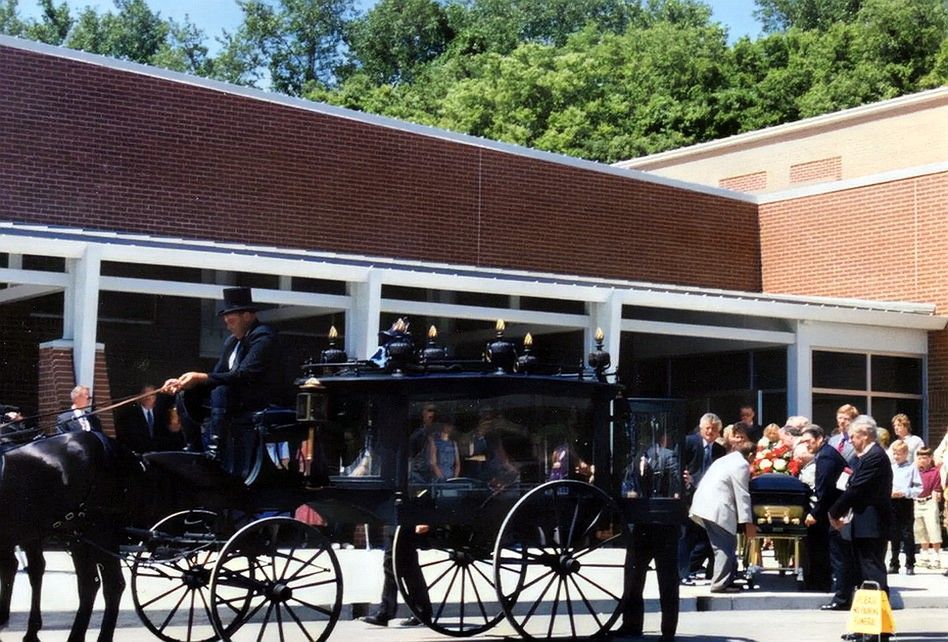

Betty Burch
By Gary Brenner
She was a tireless city asset. She passed away, December 19, 2022, after a long illness. Her visitation was held at the Riverside Community Center where the attendance was a "who's who" in Riverside. It's rare to know someone who is both loved and respected by so many.
She first served as city clerk
and then mayor. Behind the scenes, she was involved with starting the Fall Festival, Pride and Progress, the Riverside Area Chamber of Commerce
and other civic leadership rolls.
During the city's worst disaster with the flood of 93, she worked bringing the Argosy
casino to town which literally saved Riverside.
She got the ordinance passed that everyone would be hook to a city sewer
and made sure it got done.
The L-385
Levee was finally constructed under her tenure.
The EH Young park
was developed as well as the Renner-Brenner Site Park.
She was confronted with about every mayoral nightmare that could happen and always came through.
Betty and Mitch are life long Riverside residents having moved to High Drive in 1952.
About five days before the crest of 93, the city was under water and had been divided in half by it. It was at about 40'. Mr. Lundy came into her office and he was very upset. He owned Amercian Sign Specialities where the water was now 6 feet deep. He was shaking as he told the mayor that when the National Guard boats go by his place, they make waves and he feared the waves would break the windows. This is a guy who has already lost his business and he's in "another world" from staying awake for days on end. She took Mr. Lundy by the elbow and slowly walked him towards the door and assured Mr. Lundy she would have the boats go slower and avoid his business. She stopped and offered him a cookie and hot coffee. You would have thought she had handed him a million dollar check. Lundy probably had not eaten for a long time. He hugged her and thanked her and walked out just as if everything would be great. After Lundy left, Betty broke down and had a moment; then said to herself, "I've got work to do." By the way, Lundy's windows never broke!!!!
On a personal note: During Betty's leadership, she gave me nearly complete freedom to manage the construction and development of the Renner-Brenner Site Park. In today's word, there is no way due to insurances, etc.
She married Mitchell B. Burch, on February 10, 1950 and their reception was held at the Green Hill's Club. Betty began her 31 year career with the city in 1975. She served as city clerk from 1975 to 1988 and then mayor from 1988 to 1996. From 1996 to 2000, she served as Alderman and Mayor again from 2000 to 2006.


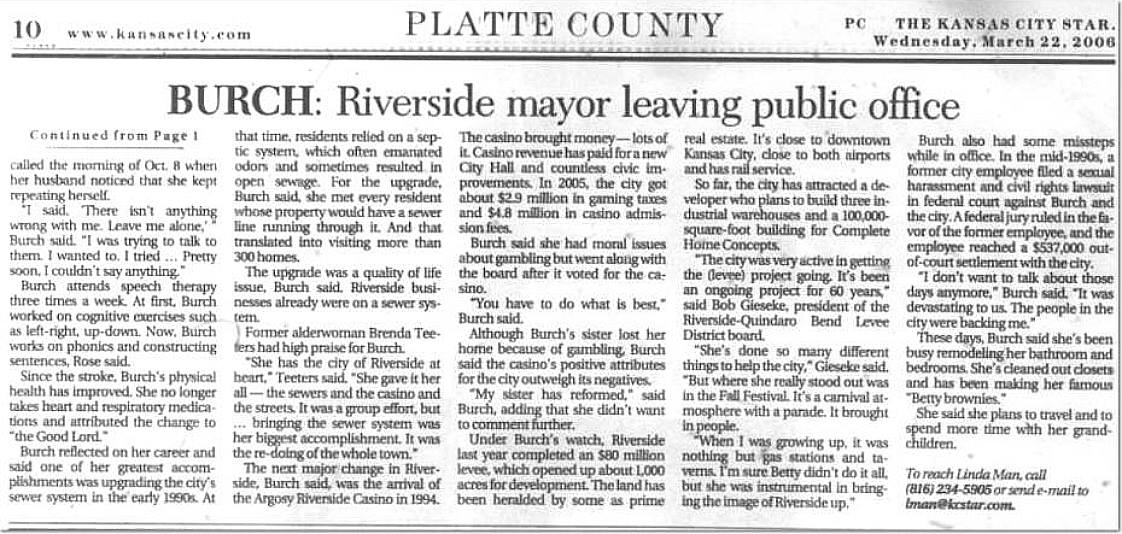

1990
Renner-Brenner Site Park Dedication
Betty
was wearing her nearly famous red and white skirt, with the blue blouse.
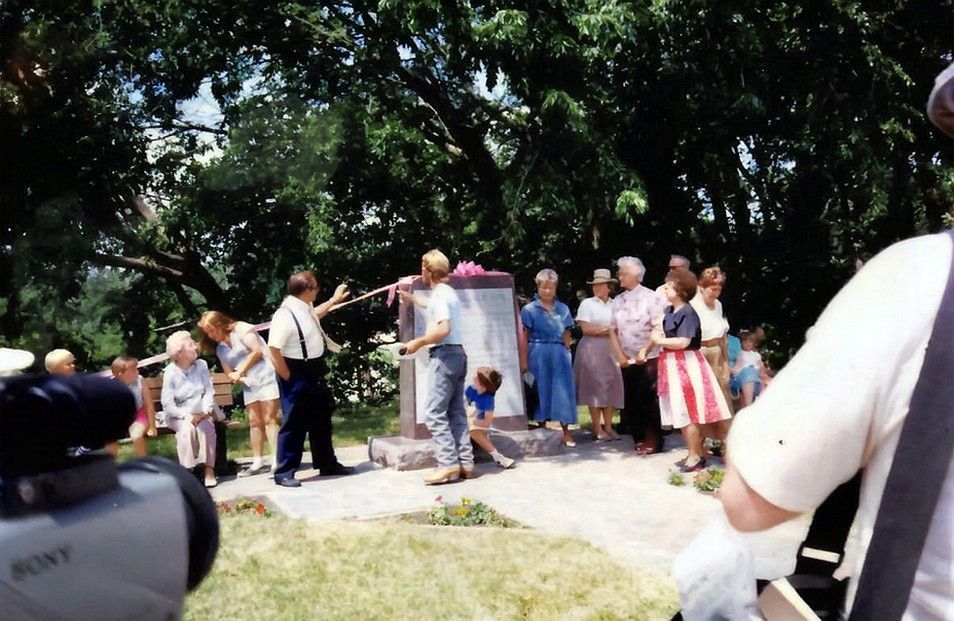
2008
Juanita Cheatum
Comments from Facebook about a true Riverside legend.
She worked at Reese's Cafe, Thriftway & Corner Cafe. I worked with her at Thriftway in the 70's. I loved that lady. Lost touch as I grew up.
Paulette Pruitt: She died in 2008, she was 87. She lived in Stover, Missouri then. I'm sure it is the same lady. You can Google the name and read the obit.
John Sullivan: I remember her way back in the flash market days great lady
Lonie Brehm: I remember her working at Thriftway! I was just a little girl then. Very friendly.
Samantha McCracken Snyder: I loved Juanita. I was only a kid but she always made me feel great. She got me a job at corner but I wasn’t a Very good hostess.
Jim Wall: Many memories with this lady. I could write a ton on here about Juanita. I talked to her at the Corner in her later years. She would ride us young kids to make us better and taught those who wanted to listen about work ethic. She worked very hard and expected nothing but the same from us kids. I will never forget the time I dropped a nickel out of my register and it fell between the belt and the register stand. You could see the darn nickel but could not retrieve it. She made me pay that nickel back because that was how far my drawer was off that night. I tried to pass her legacy to everybody I managed on making sure your till was always right at the end of your shift.
Carol Clayton: I love this little tribute to her❣ She was a great lady that made an impact on us youth.
2018
Two Riverside Icons.
Ferd Filger's son, Johnny Pete and his daughter Kathi Rule.
Mr. Filger owns the longest and oldest business license in Riverside [Filger, Oil] which began in 1938
by his father, Ferd who was also the first Riverside Mayor.
Kathi is co owner of the Corner Cafe's which began in Riverside.

IRENE JONES

Mrs. Jones passed away October 31, 2018 and it is believed she was Riverside's oldest living resident at 92. She lived on the crest of the hill behind the new Barth development where that development was put on hold around the Jones house as she became not able to move out.
She moved to Kansas City, MO after high school where she met the love of her life, Norman L. Jones. She was very active in the lives of her children and was well known throughout her community acting as
head librarian for Mid-Continent Library Riverside Branch for over 20 years.
In the 1980's, the Riverside library was the only place around that had a copy machine. Gary Brenner spent countless hours at the library researching books for this archaeology work which Mrs. Jones always was able to find for him. He also copied so many things each day that eventually Mrs. Jones would secretly make the machine work without depositing the money. Gary said, "There is no way I could have written three books and taught archaeology for 13 years, without Irene. She always welcomed me and occasionally would call to see if I needed anything. After moving on and not talking to her for over 20 years, her grand daughter gave me her number and we spoke in June and chatted for maybe five minutes and I'll always cherish that time and all she did for me and the city!"
Irene's daughter, Nancy Ziegler posted: "She loved to hear how her family was doing, how we were doing in our pursuits and careers. She really listened to you, and she took pride in her family’s accomplishments. I know that grandma spent most of her life as a doer. I believe that she felt most herself and happiest while in motion…in service. She helped found the local Library. She was generous both materially and in spirit.
Irene's daughter, Nancy Ziegler posted: "She loved to hear how her family was doing, how we were doing in our pursuits and careers. She really listened to you, and she took pride in her family’s accomplishments. I know that grandma spent most of her life as a doer. I believe that she felt most herself and happiest while in motion…in service. She helped found the local Library. She was generous both materially and in spirit.
Vern Davis
Riverside resident, former city marshal for 19 years, former city Santa Clause, formerly greeter at Red X's Kiddieland, former president of the St. Matthew's Church and of the cemetery.
IRENE PAULHE

Passed away April 22, 2018. She was a life long Riverside resident and served for many years as the city treasurer and city clerk.
(1970's- 1980's) She dedicated spare time to community activities in and around Riverside, such as the Fall Festival. Irene worked for the city during a time of long council meetings and about every reason not to be there, but she that's what she was good at. She certainly deserves honorable mention in our history.
David Brenner
MAYOR PHOTO

Is a fourth generation Riverside descendant born, September 20, 1933 in Platte Woods and raised in Riverside and later in North Kansas City.
He was self employed all his life and built Plantation Apartments in Riverside on the family homestead. He served on the Riverside Planning Commission as chairman and the third ward alderman before being elected mayor. He would go on two serve two terms as Platte County Eastern Commissioner, being the only commissioner to come from Riverside.
He was a co founder of the Riverside Fall Festival and Pride and Progress.
He re married in 1976, after his first wife died unexpectedly in 1971. His new marriage brought an additional 6 children.
In 1976, he built the largest home in Riverside at 5111 Northwood Road with eight bedrooms and five bathrooms.
His greatest political accomplishment was as mayor of Riverside when he saw the public safety department was over worked because of the number of bars and introduced an ordinance to limit the number which was taken to the Missouri Supreme Court where he won.
Today, David and his wife Marilyn, have retired and live in Licking, Missouri on 100 acres and enjoy life to the fullest.




